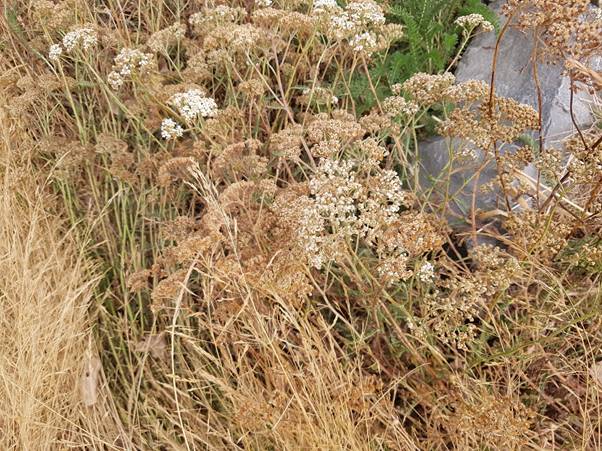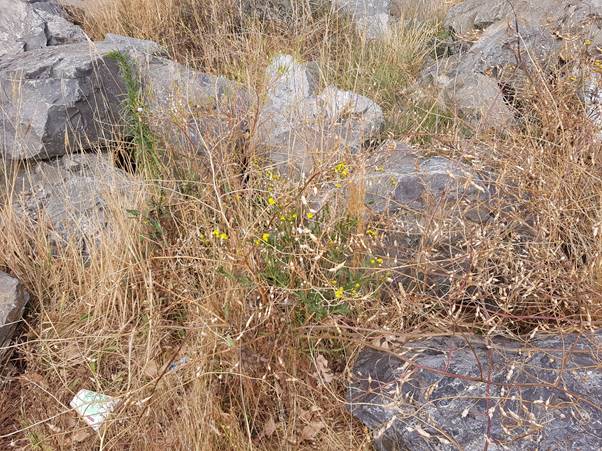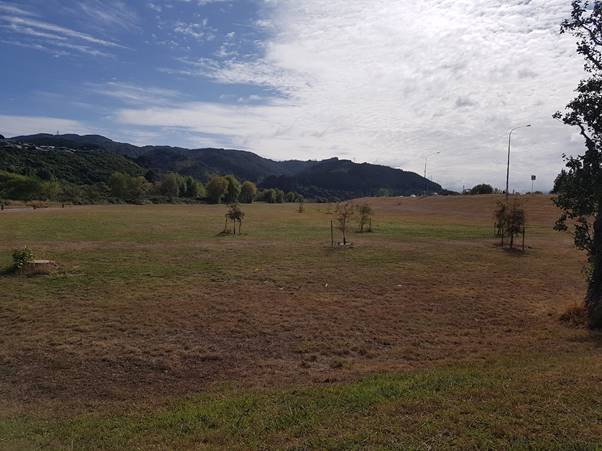Opinion
By Andi Cockroft
We take it for granted, for it is all around us. Whether it be parkland, football field, reserve or more likely pasture, grass is simply everywhere in our urban or in proximity to town landscapes.
Yet other than a few native tussock species, all our meadow and lawn grasses are imported. Initially to satisfy pastoral needs and perhaps the odd tennis court, grass has spread its tentacles to cover vast swages of GodZone. Some estimates suggest upwards of 30% of New Zealand is covered in grass of one form or another.

Don’t misunderstand, grass is vital to our wellbeing and our economy, but are there limits?
Areas of unkempt grass are vital to the ecology, providing cover for wildlife and ‘escape’ cover for prey from predators.
When the Europeans arrived and began farming, it rapidly became apparent that New Zealand’s native grasses, mostly Tussock, where ill-suited to supporting livestock. From here, it wasn’t long before all manner of grasses began to be imported.
Now, it seems we just cannot allow any open spaces without ploughing it and spreading this most noxious of weeds.
OK, so we need grazing it’s true, but grass everywhere? Monocultures are not good from an ecological point of view. I’m not advocating a monoculture of unkempt grass. The point is variety, i.e. a mix of wildflowers and long grass and mown areas, but importantly in a balance.
Similarly farmers should be encouraged to create a landscape that features a mix of productive pasture and trees/shrubs.
However in urban areas, there are vast swages of meticulously manicured grassland that provides absolutely no habitat for wildlife in the wider sense and embraces insects. With no insects, many of our bird species stay away.
In my native Hutt Valley, grass has simply inveigled its way into every square inch of local Council lands – lands that are actually ours.

But there are glimmers of hope. Apparently as part of flood protection works, a few smatterings of rocky boulders have been left to lie. Within many of these we can see all manner of wild flowers, whether native or exotic.
Where we get flowering flora, we get insects. Where there are insects there are insectivores – birds, reptiles or other insects.



And probably completely unseen, New Zealand earthworms just cannot survive in meadow grasslands. So more than 170 native worm species are mostly absent from 30% of GodZone – a horrible statistic for any who truly believe in conservation. New Zealand’s earthworms need litter such as forest litter to thrive. Converting to manicured grass is not habitat for native earthworms.
As an added bonus, society will always hold those who think the rules don’t apply to them. Using open grasslands rather than visit the local landfill – but huge rocks scattered about stop that activity in its track.
Sadly I did note one area of large stones where some over-zealous worker had used a line-trimmer to level even those vestiges of wild plants between the stones. Sad.
One final question:-
What is the cost to ratepayers to constantly mow all this grassland? What would be the cost to simply let it revert by placing more of those giant stones around the place?

We don’t want hyper-invasive species such as gorse or wind-blown pine, but bring on the colour, virulence and wildlife into our Urban Landscapes.

Excellent article